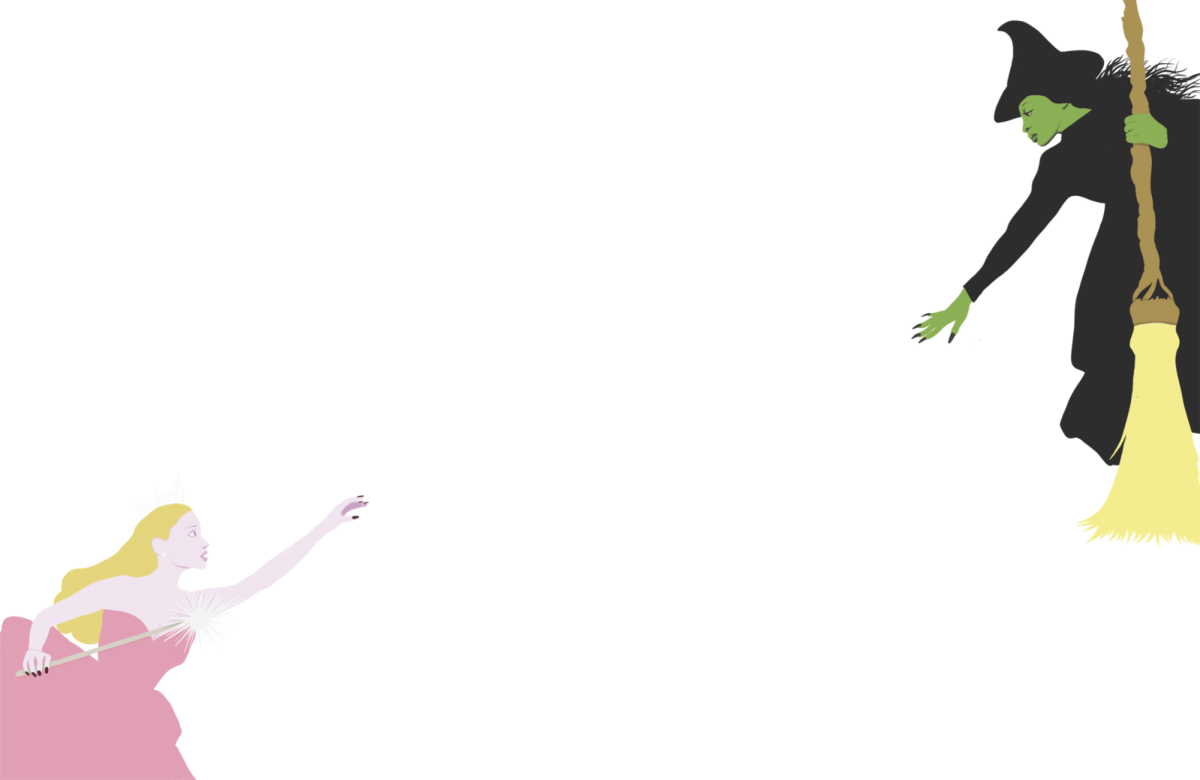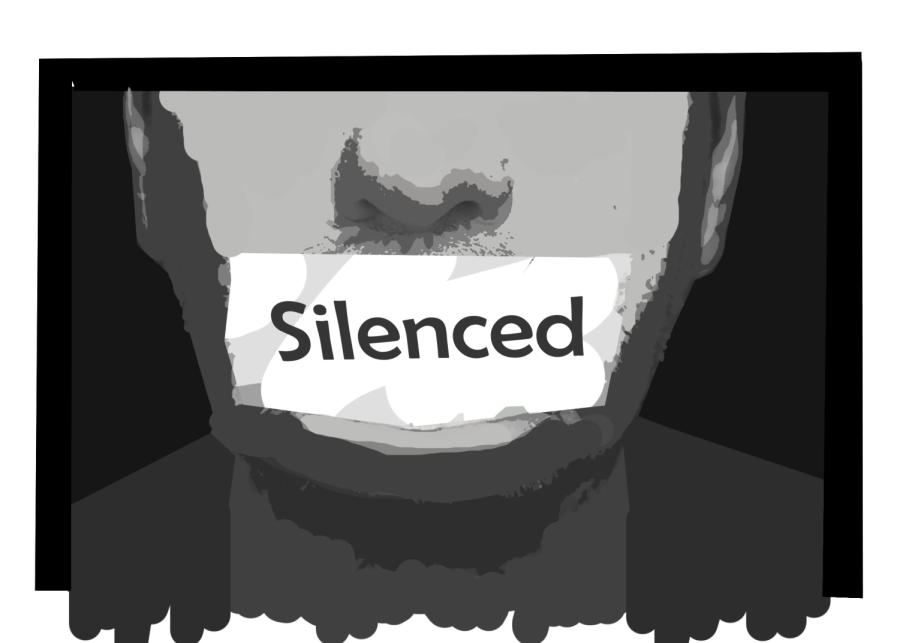The Cancellation Of Mice and Men: A Students Perspective
May 23, 2023
John Steinbeck’s novella, Of Mice and Men, published in 1937, should be taught in schools nationwide; while controversial due to racial slurs and problematic themes, it remains a crucial literary work because it sheds light on the pure representation of women’s experience and the black man’s world in the thirties.
These issues have unfortunately not disappeared over time, which is why this book is still so relevant to modern audiences today. However, this seemingly positive period piece is quite controversial because racial slurs, vulgar descriptions, and sexist comments are littered throughout the book.
The cancellation of the novella in some schools follows a new recurring theme of cancel culture. This culture is problematic as it limits education because the content might “corrupt” the youth, but it is usually out of fear.
Steinbecks writing could be detrimental to a developing brain if taught from a single-minded perspective. Instead, if we educate the youth about the period and the issues he brought up in his writing, then we can succeed in teaching a text that does contain profanity.
Steinbeck depicts the pure representation of the women’s experience to help better our understanding of the war on women. Curly’s Wife is dehumanized throughout the novel and treated as if she is not even a person and instead a woman who is nothing but an extension of her husband.
No matter what, society limited and sexualized her. Steinbeck does not even bother naming her, and instead, people refer to her negatively, marginalizing her, talking about her using derogatory terms such as “rattrap” (Steinbeck 30), “b***h” (30), “jail bait” (30), “tart” (30), “tramp” (30), and “looloo” (48).
Names are who we are, but she is not given one because the characters that surround her look only see her as eves apple, sin, a sex object, or a part of themselves that they look down upon.
This social injustice and outright objectification that she experiences aren’t isolated to the thirties; it is a problem at the root of our society, a problem that is present nearly ninety years later.
The portrayal of Crooks, the stable hand, is just as complex, depicting him as a victim of social discrimination while simultaneously showing his cynical nature. Crooks is a pure representation of racial inequality in the 1930s. He is painted in a negative light by other characters in Steinbeck’s writing, yet Steinbeck characterizes and humanizes him by revealing glimpses of his childhood.
Crooks does not have a George; he was thrown into the world and set adrift. He had to find his way, his arbitrary place in society. A place in the hierarchy that was solely determined by the color of his skin. He gives the reader a what-if, what if you were alone because you were black? What if the color of your skin determined your place in society?
He is at the bottom of the ladder, the lowest of the lowest. Society taught him not to value himself, shrink up, or take hits. He is forced to bend his knee because if he doesn’t, he breaks.
These systemic social issues that John Steinbeck critiques in the novella Of Mice and Men have shaped the development of our country and are such essential parts of our country’s identity that it would be criminal not to educate the youth in an unbiased light using primary sources, such as Of Mice and Men.
The problems that are talked about in the story are real issues in our society today, and Of Mice and Men is not the only powerful book that is being canceled in some schools nationwide. Another book that highlights one of the scary truths of the United States of America is To Kill a Mockingbird; it is based on a true story about a false rape accusation against a black man.
Yet it is still banned in many schools across the country because of its frequent use of N-, which makes many students uncomfortable, but if it does not make you uncomfortable, then it is normalized, and the atrocities committed against women and people of color should never be normalized.
This pure representation that Of Mice and Men, To Kill a Mockingbird, and other books bring to the table is so important because it gets people thinking, it spreads awareness, and it tells stories, stories that are part of our collective history, a collective history of atrocities that are still being written today. When will we say enough is enough?



































